How the Soviets brought socialism to MarsHave you heard how the Soviets brought socialism to Mars? If not, you obviously have not seen Aelita. A few days ago, I was wandering around the National Gallery of Australia in Canberra and came across a spectacular but completely unpublicised exhibition titled The Ballets Russes and the Russian avant-garde. It was tucked away opposite the gallery shop and, apart from containing the wonderful painting by Natalia Goncharova, Peasants Dancing, 1910-11, it had a rich array of Russian avant-garde costumes and designs for which this gallery has an international reputation. Canberra does hold one of the finest collections of Russian avant-garde materials and Ballets Russes costumes, designs and stage sets in the world. A part of this exhibition was the continuous screening of Aelita, sometimes known in English as Aelita: Queen of Mars or even by the more clunky title Revolt of the Robots. Described by some as the most influential film that no one has ever seen, the story of the making of the film and its subsequent history is almost as fantastic as the plot of the film itself. Yakov Protazanov, the well-known Russian-Soviet film director, was working in Paris during the Russian civil war and after its conclusion and the introduction of Lenin’s New Economic Policy, he accepted Mezhrabprom-Rus’s invitation to return to the Soviet Union and make films. Aelita was based on a novella by Aleksei N. Tolstoy published in 1923 – a romantic space travel story whose plot is difficult to follow without a couple of shots of vodka. Protazanov was creative with his use of the text for the film he directed in 1924. In brief, a mysterious cryptic transmission ‘Anta Odeli Uta’ is received around the world in 1921, which the Soviet engineer Los is convinced is a message from Mars. This inspires Los to daydream and to build a spaceship that would take him to Mars. Through a number of complex circumstances, Los suddenly finds himself on a spaceship heading for Mars with two companions, the Bolshevik soldier Comrade Gussev and Kratsov, an amateur detective. Meanwhile on Mars, the scientist Gol designs a telescope through which they can observe activities on nearby planets, including on earth. Aelita, the Queen of Mars, is intrigued when she sees through the telescope busy city streets on earth, camels in the desert, warships and the mysterious scene of people kissing. On Mars the Queen rules, but the Elders govern, while the workers live in the dungeons underground. Predictably, Los and his party land on Mars, to be imprisoned by the Elders, but to be greeted by Aelita. Los explains what kissing is all about and the queen falls in love with him, while his comrades organise the rebellion of the proletariat and a newly forged hammer and sickle become the symbols of the revolution. Finally, a Martian Union of Soviet Socialist Republics is declared as the workers smash through the bars surrounding the underground city and storm the palace. Aelita, as part of the aristocracy and thus who can never be trusted, orders the soldiers to fire on the workers and in the midst of the chaos, a poster in the background is highlighted reading: “The only tyres worth your money are… Anta Odeli Uta”. At this stage Los wakes up back on earth and the whole space odyssey had only been a daydream. The film was a grand production, the publicity stunts were out of this world, with leaflets dropped over Moscow from aircraft with the enigmatic words “Anta Odeli Uta” – see the film and have the mystery revealed. The masses loved it. The party ideologues were suspicious and shortly afterwards it disappeared, only to gain a legendary reputation through surviving photographic stills. In its earliest performances in Leningrad cinemas, Dmitri Shostakovich played on the piano the music he provided for this silent film. The film was only properly revived in the post-Soviet period. Why is this earliest Soviet science fiction film worth reviving? The stage sets, costumes and cinematography are revolutionary and stunning. The costume designs were by the great Russian avant-garde artist Aleksandra Aleksandrovna Ekster, also known as Alexandra Exter, a Cubo-Futurist, Suprematist and Constructivist artist, some of whose original designs and maquettes are in the Canberra collection. Although Ekster’s costumes look awkward in stills and drawings, in the film they gain fluidity and grace. The headwear, cylinders and radiating spirals are striking and effective. The mechanical soldier and worker costumes in many ways look forward to futurist designs in subsequent decades. Isaac Rabinovich and Sergei Kozlovsky were responsible for some of the other designs intended to spread Marx to Mars. They are literally out of this world in their vision of the Martian cities, palaces and dungeons and stand out in today’s history of early 20th century avant-garde art. Aelita casts a long shadow in the history of cinema with its impact felt on Fritz Lang's Metropolis and Woman in the Moon and in the more recent Liquid Sky, as well as the Flash Gordon serials. With a free digital download available (see the first hyperlink) Aelita can now be loved by all earthlings. On a personal note, when I first embarked on my series of GAB blogs, my secret (or perhaps not that secret) intent was to create a platform where I could post a weekly blog to an audience of a few hundred people. I have failed to keep to my end of the bargain, the blogs have become monthly, but the audience fluctuates between 2,000 to 3,000 readers a day. Thank you – I am humbled. I intend to revive the bookshelf function on this website shortly with reports – short and lengthy – about books that pass over my desk.
0 Comments
Your comment will be posted after it is approved.
Leave a Reply. |
GRISHIN'S ART BLOG
Sasha Grishin AM, FAHA is the author of more than 25 books on art, including Australian Art: A History, and has served as the art critic for The Canberra Times for forty years. He is an Emeritus Professor at the Australian National University, Canberra; Guest Curator at the National Gallery of Victoria, Melbourne; and Honorary Principal Fellow, Faculty of Arts, at the University of Melbourne. Archives
September 2023
Categories
Keep up-to-date with Sasha Grishin's blog with the RSS feed.
RSS offers ease of access and ensures your privacy, as you do not need to subscribe with an email address. Click here to download a free feed reader |
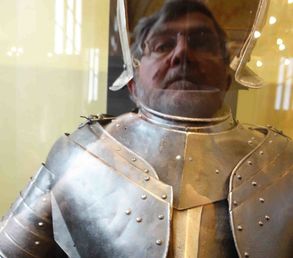

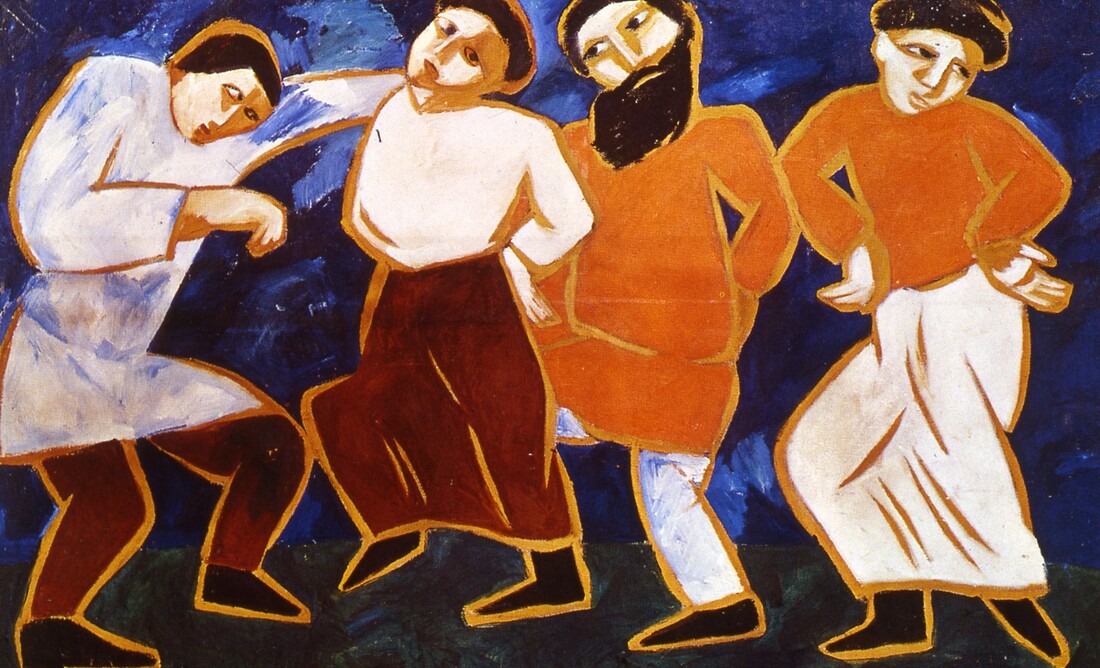
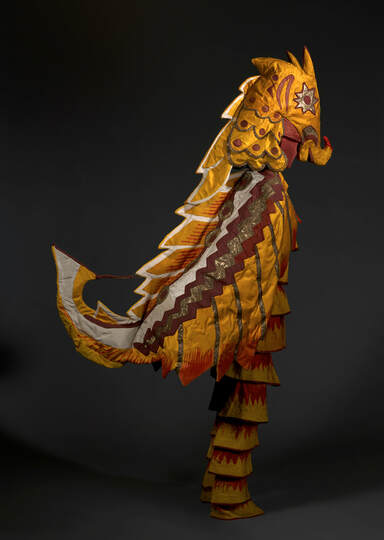
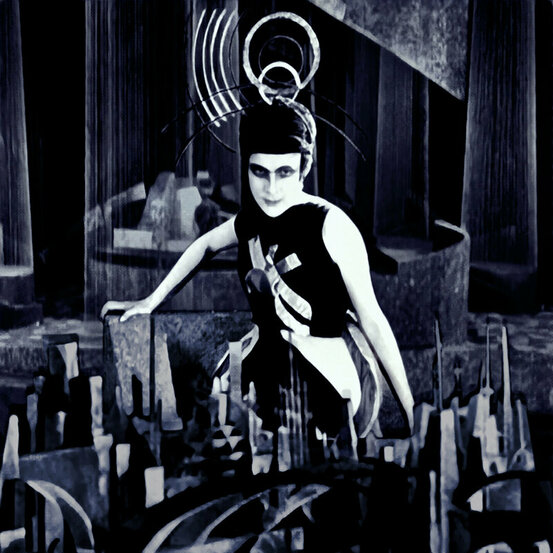


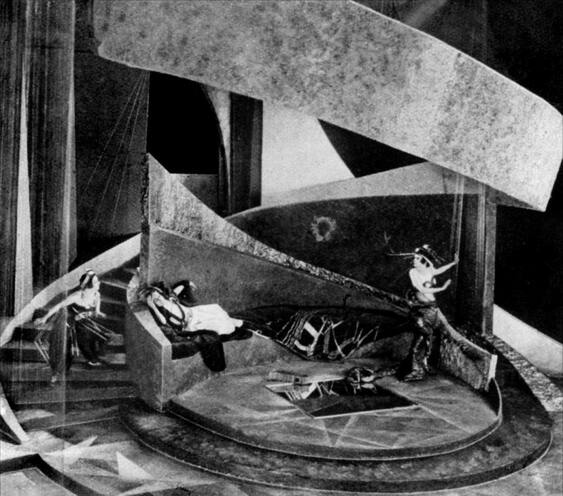



 RSS Feed
RSS Feed